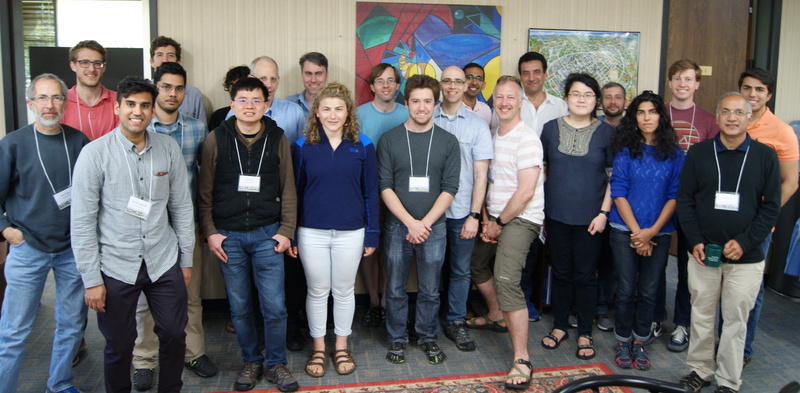The Bousfield-Kuhn functor and Topological Andre-Quillen cohomology
by Mark Behrens and Charles Rezk
Comparing Dynamics: Deep Neural Networks versus Glassy Systems
by M. Baity-Jesi, L. Sagun, M. Geiger, S. Spigler, G. Ben Arous, C. Cammarota, Y. LeCun, M. Wyart, and G. Biroli
Complex energy landscapes in spiked-tensor and simple glassy models: ruggedness, arrangements of local minima and phase transitions
by Valentina Ros, Gerard Ben Arous, Giulio Biroli, and Chiara Cammarota
Spectral gap estimates in mean field spin glasses
by Gérard Ben Arous and Aukosh Jagannath
The landscape of the spiked tensor model
by Gerard Ben Arous, Song Mei, Andrea Montanari, and Mihai Nica
The satisfiability threshold for random linear equations
by Peter Ayre, Amin Coja-Oghlan, Pu Gao, and Noela Muller
The threshold for SDP-refutation of random regular NAE-3SAT
by Yash Deshpande, Andrea Montanari, Ryan O'Donnell, Tselil Schramm, and Subhabrata Sen
